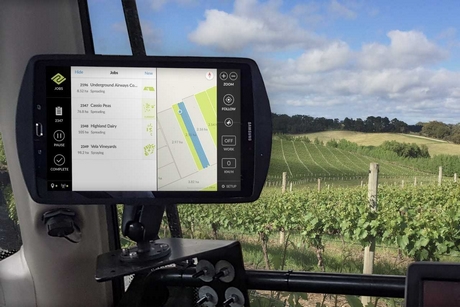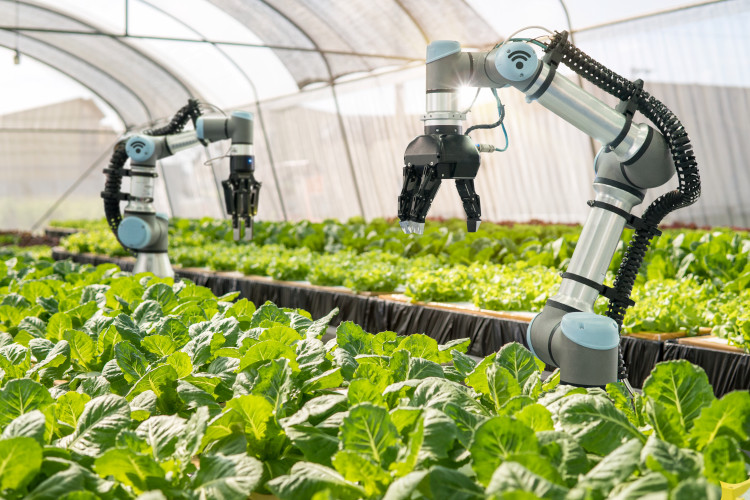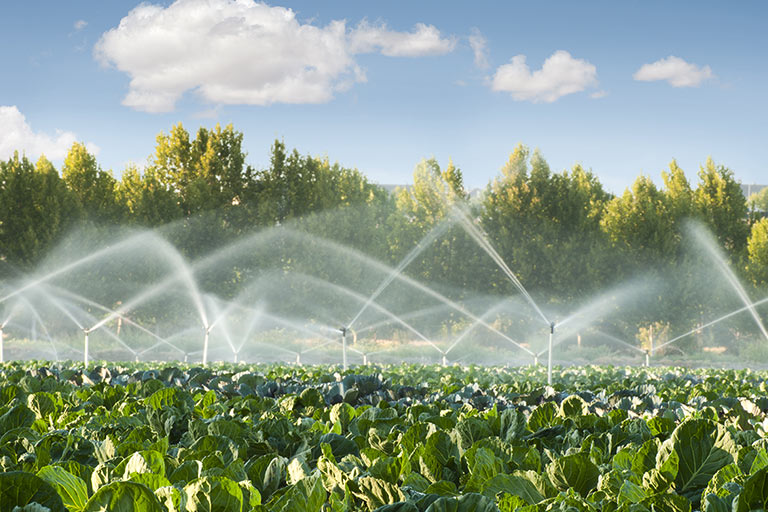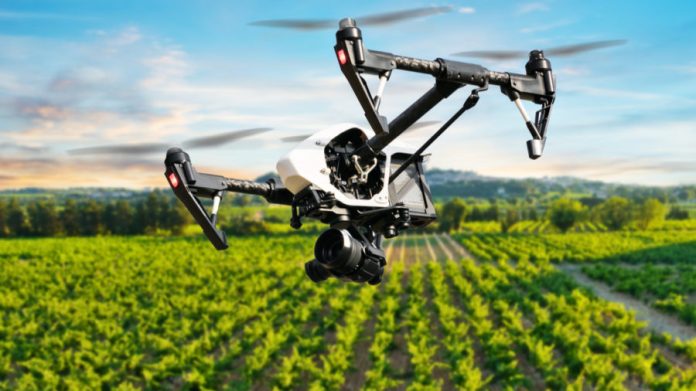The Use of Technology in Farming
Technology is without a doubt, proliferating its way into the aspects of every field, bringing the world to a state of art, in the XXI century as we see today. Agriculture is one of the fields, which occupy the central stage of the globe. A decade back, the survival of agriculture solely depended on a handful of conclusive studies and was extremely critical. But in modern times, the agricultural environment is contradictory to new developments as the technology stages in advancement. This is a time, where innovation is equally important to survive the obstacles faced by the industry as a whole and technology are of unimaginable benefit to modern agriculture. Let us look at some applications of technology in agriculture:
Farm Automation

“Smart Farming” is often associated with farm automation. This term defines the style of technology that roots for efficient and automated crop/livestock production. A numerous amount of companies today, are working on the development of robotics innovations such as drones, robotic harvesters, autonomous tractors, seeding robots, and automatic watering (Ku, n.d.). These technologies sound fairly new to the industry, however in the past, the industry has witnessed a diverse amount of traditional agriculture businesses and companies adopting farm automation on the processes.
Modern agriculture has been completely transformed by advancements in technology. Robotics, drones to computer vision software play a huge role in agriculture in the present times. According to Linly Ku, A research writer of Agriculture and Marketing Manager at Plug and Play, “the main aim of automated farming is to easily execute mundane tasks.” Automated technologies commonly utilized by the farms can address major issues. For instance, it could address farm labor shortages, rising global population, and changing consumer preferences (Ku, n.d.).
GPS System

In the field of navigation global positioning system (GPS) has upstaged all the other factors for easy access. The impact of the GPS system has come into the agricultural industry as well. Farm equipment like sprayers, tractors, and harvesters are now steered using GPS technology by farmers. This gives the farmers the opportunity to control the GPS based equipment remotely from the wireless devices or from the office. The devices can also be calibrated to make it run automatically in the fields to achieve the exact precision needed. This will in turn reduce the time spent by the farmers tending crops, reduce the cost of labor, and give workers the ability to multitask in the field. More uses of GPS systems include farm planning, soil sampling, field mapping, crop scouting, tractor guidance, crop scouting, variable rate applications, and yield mapping. The main motive behind GPS in agriculture is to let the farmers carry out their work even at the cases of zero visibility. This refers to viewing the farm under the conditions of heavy rain, darkness, dust, and fog. During these uncontrollable conditions, GPS takes part in bringing an interruption-free farming (Staff, 2018).
Artificial Intelligence

The introduction of digital agriculture and the technologies related to it opened doors to new data opportunities. Satellites, remote sensors, and UAVs have the capability to collect information 24/7 over the whole field/farm. These devices can monitor soil conditions, humidity, temperature, plant health, etc. It is overwhelming to witness the amount of data these sensors generate (Ku, n.d.). The idea od this technology is to allow farmers to have a better understanding of the situation at their farm grounds with the assistance of advanced technology, such as sensing remotely. Remote sensors use algorithms to determine and interpret a farm or a field’s environment in the form of statistical data, that can be processed by the computer for effective decision making. These algorithms often process the data by learning and adapting based on what has been collected. As the number of inputs and statistical data increases, algorithms get better at predicting the range of possible outcomes. And as an output, farmers in the agricultural industry can use methods of artificial intelligence to achieve their aim of better harvesting, in line with making better decisions in the field.
Irrigation System

Irrigation in the field of agriculture is referred to the process of applying a certain amount of water for plants at required levels in certain intervals of time. This needs to be done in an extremely careful manner as it could have impacts on the plant, in the case of less or more of it. Better irrigation is one concentrates on conserving the resources, and at the same time, providing crops with an adequate amount of solution. In choosing the best irrigation system, adequacy is to be considered as the most important and the most crucial criteria. In the field of Irrigation. There are several other ways of irrigation including drip irrigation and center pivot irrigation. According to Anna McConnel from Successful Farming (SF), “farmers now have control over there irrigation system with touchscreens. Modern Irrigation systems can now report the use of water, reduce the use of water, fertigate and chemical the crops accordingly with the help of a connected irrigation system, in order to grow healthier more useful products.”
Conclusion
Technology has spread its roots to every field and assisted in the progression of it leading to a more convenient environment for its users. The technological advancement has without a doubt brought unimaginable changes to our way of life and the changes it brought to the agricultural grounds have impacted all of us, globally. The Industry of agriculture might be undervalued but the truth lies behind the fact, the mass population of the world depends on food and products from agriculture. So, as mentioned earlier, this is a time, where innovation is equally important to survive the obstacles faced by the industry as a whole and technology are of unimaginable benefit to modern agriculture, and agricultural advancement is needed by the world, globally.
Writer: Fathimath Hamdha Mohamed – Corporate Maldives



















